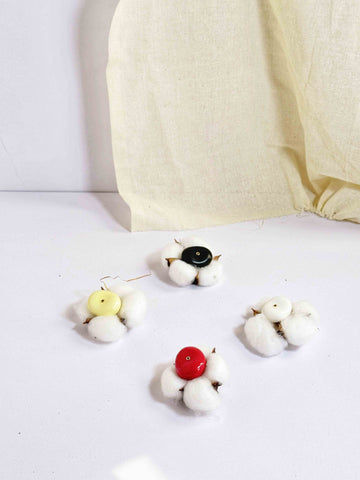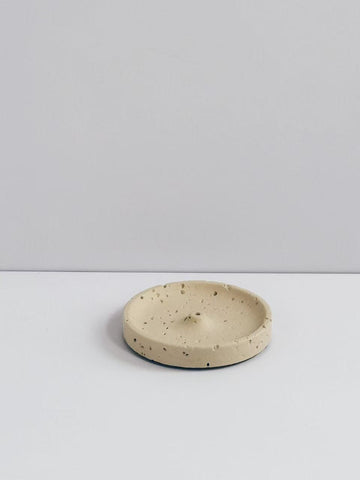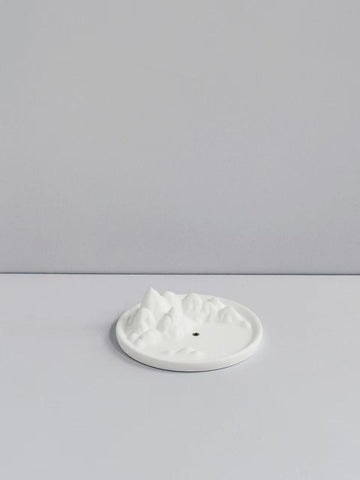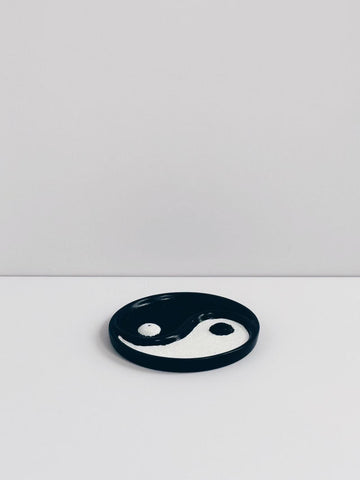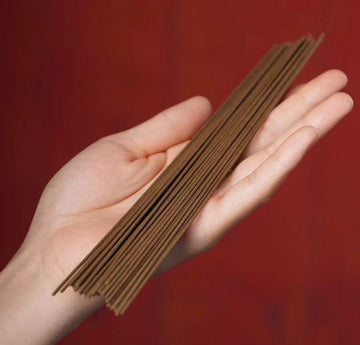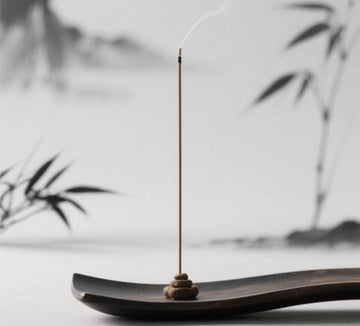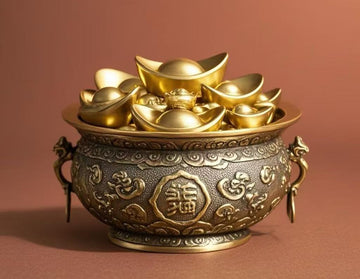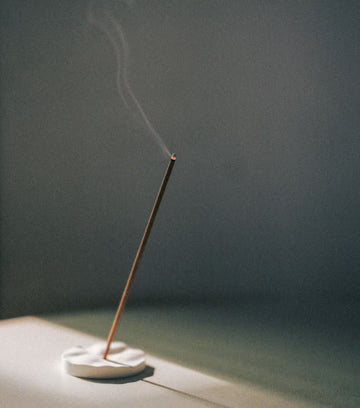For those new to incense, the question "What does incense smell like?" is a common one. The scent of incense varies depending on its ingredients, origin, and burning process. While some varieties carry deep, resinous notes, others exude a lighter, more floral essence. Japanese incense, and Chinese Incense in particular, is known for its natural and subtle aroma, offering a refined sensory experience distinct from other types like Indian incense.
The Signature Aromas of Chinese Incense
Sandalwood and Agarwood
Two of the most defining scents in traditional Chinese incense are sandalwood (known for its stress-relieving properties - learn what sandalwood incense is good for) and agarwood (also known as oud). Sandalwood brings a warm, creamy, and slightly sweet aroma, while agarwood offers a deeper, complex woody fragrance. These two woods create an elegant balance, often complemented by herbs or spices to enhance the overall scent profile.
How It Differs from Indian and Japanese Incense
Indian incense typically has a stronger fragrance, often formulated with essential oils applied to a bamboo core. This results in a more pronounced, lingering scent. In contrast, Japanese incense, like its Chinese counterpart, embraces a more delicate aroma. Both avoid using bamboo sticks, allowing raw materials to burn cleanly – proper burning technique significantly affects scent quality.
Why You Might Smell Wood Smoke (And How to Fix It)
Beginners often notice a sharp smoky scent initially. This occurs because natural incense is wood-based. Pro Tip: Let the incense burn 30 seconds before inhaling, and ensure proper ventilation. Curious about health implications? See our incense safety guide.
How to Experience Incense Like a Connoisseur
-
Light the tip evenly until glowing (step-by-step lighting tutorial
-
Wait 20-30 seconds for initial smoke to dissipate
-
Place in a holder 1-2 meters away from you
-
Breathe normally – let fragrance drift naturally
Choosing Your Scent Journey
| Type | Best For | Try If You Like... |
|---|---|---|
| Sandalwood | Meditation | Warm vanilla/cedar notes |
| Agarwood | Focus | Earthy patchouli |
| Floral/Frankincense | Relaxation | Fresh jasmine tea/spice |
FAQ: Quick Answers About Incense Scents
Q: Why does my incense smell burnt?
A: Likely due to incomplete lighting – follow our proper ignition method.
Q: Is smoky smell dangerous?
A: Occasional use is safe, but read our health impact analysis for best practices.
Q: How long does the scent last?
A: High-quality sandalwood can linger 40sec-1hour – discover premium options here.
Conclusion
The scent of incense is a cultural journey – from Chinese sandalwood's creamy warmth to Indian masala's vibrant spices. By understanding these nuances and using proper techniques, you'll unlock hidden aromatic layers. Remember: quality ingredients and mindful burning make all the difference.

